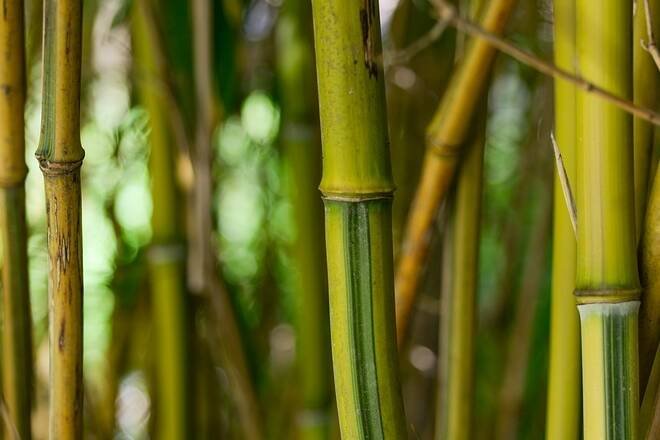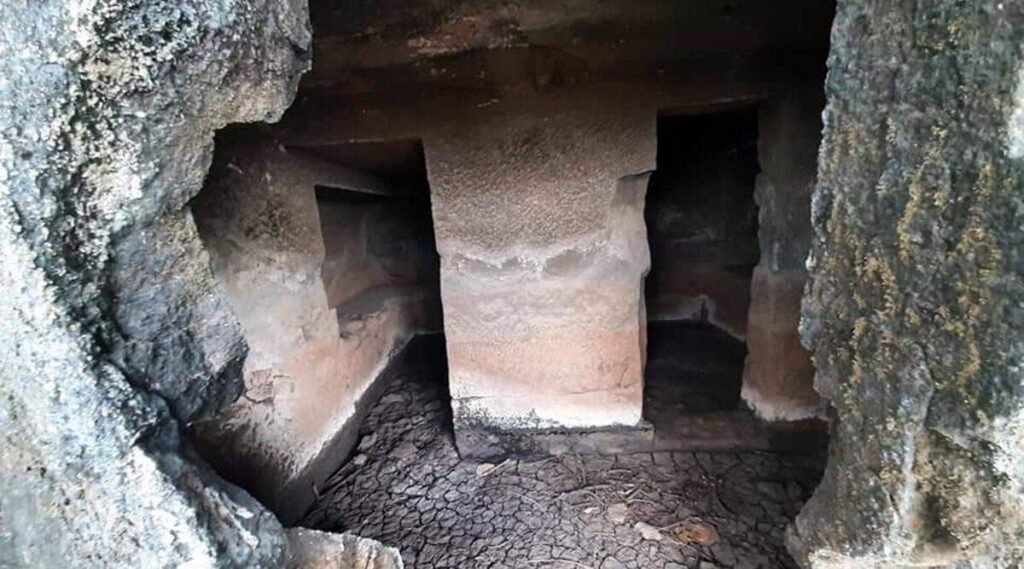Blog
June 4th Current Affairs
- June 4, 2021
- Posted by: admin
- Category: Culture Current Affairs Daily News Defense & Security Disaster Management Economy Education Environment & Ecology Ethics Geography Governance Health History International Relation Persons in News Polity Science & Technology Social Issues Sports Uncategorized UPSC Notification Videos
1. Bamboo Market Page.

IN NEWS:
Union Minister of State for Agriculture& Farmer’s Welfare Shri Parshottam Rupala launches the Bamboo Market Page on Govt e-Marketplace (GeM) portal.
KEY POINTS:
- The National Bamboo Mission and the Government e-Marketplace (GeM) have been working together for having a dedicated window on the GeM portal for marketing of the Bamboo Goods (Bamboo based products & Quality Planting Materials).
- A dedicated window “The Green Gold Collection” for bamboo products was launched.
- The dedicated window will provide an electronic platform for the small manufacturers and niche sellers thereby vastly increasing their reach to attract buyers and at the same time will provide niche products from trusted sources to the buyers, a win-win situation for both.
- “The Green Gold Collection” [https://gem.gov.in/national-bamboo-mission], a unique initiative of the National Bamboo Mission and GeM, showcases a range of exquisitely handcrafted bamboo and bamboo products, handicrafts, disposals and office utility products on the GeM portal, and aims to provide bamboo artisans, weavers and entrepreneurs in rural areas with market access to Government buyers.
- Product categories ranging from bamboo poles to bamboo products in furniture, lifestyle & décor, kitchenware, industrial machinery, handcrafted items such as toys and office utility items like agarbatti/ incense sticks, disposables, water bottles, yoga mats, charcoal, etc. are being uploaded on the portal for Government buyers.
- This initiative seeks to promote the adoption and use of bamboo products among Government buyers and usher a sustainable rural economy for an Atmanirbhar Bharat.
SOURCE:PIB
2. SDGs on clean energy, health: NITI index

IN NEWS:
India saw significant improvement in the Sustainable Development Goals (SDGs) related to clean energy, urban development and health in 2020, according to the NITI Aayog’s 2020 SDG Index. However, there has been a major decline in the areas of industry, innovation and infrastructure as well as decent work and economic growth.
Key Highlights:
- Although the index shows improvement on the inequality SDGs, the NITI Aayog has omitted key economic indicators used to measure inequality in income and expenditure last year and given greater weightage to social indicators instead.
- Kerala retained its position at the top of the rankings in the third edition of the index, with a score of 75, followed by Tamil Nadu and Himachal Pradesh, both scoring 72. At the other end of the scale, Bihar, Jharkhand and Assam were the worst performing States.
- However, all the States showed some improvement from last year’s scores, with Mizoram and Haryana seeing the biggest gains.
- The NITI Aayog launched its index in 2018 to monitor the country’s progresson the goals through data-driven assessment and to foster a competitive spirit among the States and Union Territories in achieving them.
Inequality: Thrust on social equality
- The NITI Aayog Index shows some improvement in the SDG on inequality, but a look at the indicators used to assess this goal shows that the think tank has changed the goalposts.
- In 2019, the indicators for inequality included the growth rates for household expenditure per capita among the bottom 40% of rural and urban populations, as well as the Gini coefficient — a measure of the distribution of income — in rural and urban India.
- Such economic measures have been omitted from the indicators used for this SDG in the 2020 edition of the Index. Instead, it gives greater weightage to social equality indicators, such as the percentage of women and Scheduled Caste/Scheduled Tribe representatives in State Legislatures and the Panchayati raj institutions and the levels of crime against the SC/ST
- communities.
- The only economic indicator this year is the percentage of the population in the lowest two wealth quintiles.
- The SDGs that do deal directly with wages and industrial growth better reflect the fact that India’s economy has taken a beating over the last year.
- The country’s score on the SDG related to industry and infrastructure dropped 10 points to 55, while the scores on decent work dropped three points to 61.
- The Clean Water and Sanitation SDG also saw a five-point drop, despite flagship government schemes in this sector.
- In a more welcome development, the SDGs on eradication of poverty and hunger both saw significant improvement.
SOURCE:TH
3. SAGE

IN NEWS:
Shri Thaawarchand Gehlot to launch SAGE( Seniorcare Ageing Growth Engine) initiative and SAGE portal to support India’s elderly.
KEY POINTS:
- Objective:focussing on the needs of India’s fast-rising elderly population
- Senior care Ageing Growth Engine (SAGE) project to select, support and create a “one-stop access” of elderly care products and services by credible start-ups.
- Project was formulated following the recommendations of empowered expert committee report on start-ups for elderly.
- Once the project is launched, start-ups can apply to be a part of it through dedicated portal. This dedicated portal will also be launched along with the scheme
- Start-ups will be selected based. on their innovative products and services, which they can provide across sectors like housing, health and care centres. They will also be selected based on technological access linked to finances, food & wealth management besides legal guidance.
- Ministry of Social Justice and Empowerment will be the facilitator to enable elderly to access products through these identified and verified start-ups.
- This scheme was required in the light of increasing share of elders. As per a survey, share of elders with respect to total population in percentage term is expected to increase from 7.5 per cent in 2001 to about 12.5 per cent by 2026.
SOURCE:PIB
4. TRIRASHMI HILL

IN NEWS:
- The Archaeological Survey of India (ASI) has found three more caves in Trirashmi hill in Nashik, Maharashtra.
- The Trirashmi Buddhist caves, also known as Pandav Leni, are also located at the same place.
Key Highlights:
- The newly found caves are believed to be older than the Trirashmi caves.
- These are assumed to be the dwellings of Buddhist monks.
- All the caves have verandahs and the characteristic square stone platform for monks.
- There are special arrangements for monks to meditate, similar to the Kanheri and Wai caves.
Important Information:
Trirashmi caves
- The Trirashmi or Pandav Leni caves are a group of 25 caves.
- They were carved out of Trirashmi Hill between the 2nd century BC and 6th century AD.
- It is an ASI protected site and a tourist destination.
- The Buddhist sculptures and caves in Nashik are early examples of Indian rock-cut architecture representing the Hinayana tradition of Buddhism.
SOURCE:TH
5. World Bicycle Day 2021.

IN NEWS:
World Bicycle Day (WBD) is observed on June 3 every year with the objective of promoting health benefits of cycling among all age groups.
KEY POINTS:
- Aim of WBD:Its primary aim is to draw attention of people towards the fact cycling is a zero-pollution mode of transportation which is good for environment.
- United Nations General Assembly had declared June 3 as World Bicycle Day.
- UN resolution recognises “uniqueness, longevity, and versatility of bicycle, which has been in use for two centuries.”.
- Campaign to promote UN resolution for World Bicycle Day was led by professor Leszek Siblisk, a social scientist in the United States. Campaign is supported by 56 countries.
- Nearly 45% households or 111 million households in India owned bicycles as per the 2011 census.
- The percentage share of households owning bicycles in India during the decade 2001 to 2011 increased by about 3%. In contrast, the corresponding growth of two-wheelers and cars increased by more than 10%.
- The Indian bicycle industry is largely located in the mega cluster of Ludhiana (in Punjab), comprising 4000 MSMEs and employing a workforce of 10 lakh in the entire value chain, including sales and repair shops, and producing more than 2 crore bicycles per annum.
- In 2018–19, the estimated bicycle production in India was around 2.2 crore (second largest after China).
- The bicycle ownership per 1000 persons in India is a meagre 90 as against 1100 of the Netherlands and 360 of China.
SOURCE:IE
6. Blue-finned Mahseer

IN NEWS:
Recently, the International Union for Conservation of Nature (IUCN) has moved Blue-finned Mahseer from Endangered to the Least Concern’ status on its Red List.
KEY POINTS:
- The Mahseer belongs to the genus Tor, of which there are several subspecies to be found in India and in other range countries in South Asia.
- The Blue-finned Mahseer or Tor Khudree is one of the subspecies of the Mahseer.
- Mainly found in the Mota Mola river east of Pune. This species is also found in other rivers of the Deccan Plateau.
- The species is migratory; moving upstream during rains. It prefers clean, fast flowing and well oxygenated waters.
- Threatened by habitat manipulation, over harvesting and competition from other fish species.
- They have cultural and religious significance as well as they are protected in ‘temple sanctuaries’ across India.
- Tata Power (private company) is involved in conservation of the blue-finned for 50 years in Lonavala (near Pune), Maharashtra.
Significance:
- Freshwater Ecosystem Indicator:
- It is very sensitive to dissolved oxygen levels, water temperature and sudden climatic changes. It just cannot bear pollution.
Protection status:
IUCN Red List: Least Concern
SOURCE:IE
